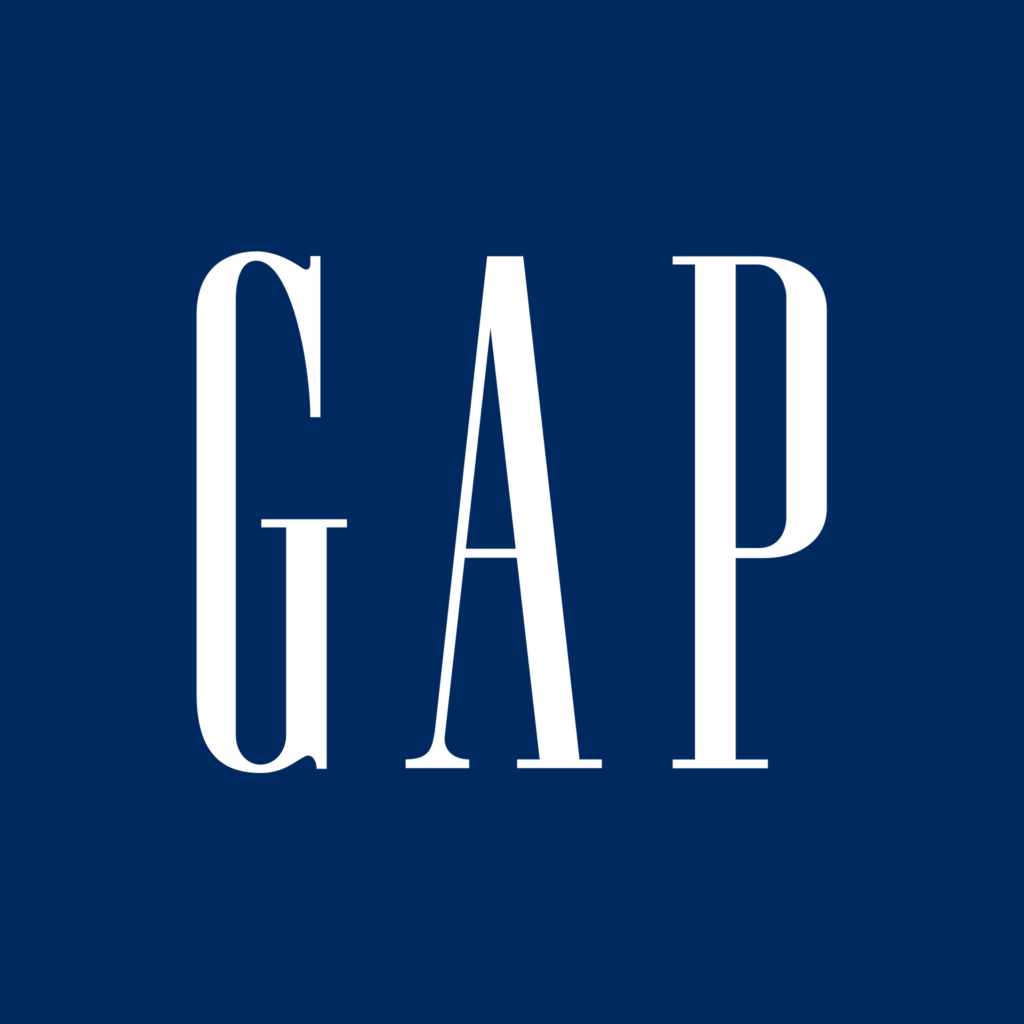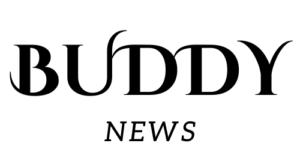At fashion shows around the world, famous global designers come seeking inspiration and learning new trends. New York Fashion Week offered its Spring Summer 2022 Fashion Trends display wherein fashionistas found new sources and explored various apparel styles. It was held in February 2022 in New York with street style fashion dominating its red carpet.
Fashion shows such as Milan Fashion Week, New York Fashion Week, Arab Fashion Week and Paris Fashion Week can provide your business with invaluable inspiration. Fabric manufacturers and textile innovators regularly attend these fashion weeks where new apparel styles are showcased. In America alone, top clothing brands often take inspiration from these shows when finalizing designs according to customer demand.
American fashion is deeply rooted in cultural diversity. Here are the top 10 clothing brands dictating fashion in this country.
American culture places an emphasis on sports and fitness, and Nike is one of the world’s leading clothing brands in this regard. A popular choice among athletes and fitness enthusiasts alike, Nike boasts annual revenue of $30.6 billion and recently closed a deal worth $1 billion with one of basketball’s premier professional leagues (NBA). People of various socio-economic backgrounds enjoy having Nike clothing in their closets; top athletes such as Roger Federer, Christiano Ronaldo, Serena Williams have all become brand ambassadors for this organization.
Nike stands out with their comfortable collection of athletic footwear for professional athletes and fitness enthusiasts in general. Additionally, they provide their products in multiple colors; most clothing can even be personalized!
2 Ralph Lauren
Ralph Lauren is a beloved name in American clothing with annual revenues totaling USD 7.6 billion. Since their launch in 1967, Polo Ralph Lauren has become synonymous with off-duty splendor – from clean cut American preppiness to 90s hip hop culture reappropriations; today their label offers distinctive logo-brandished rugby shirts and stately knitwear collections that cater to both classicists and deadstock-chasing affiliates equally. Customers appreciate its minimalist approach and core aesthetics which drive revenue at reasonable levels.
3 Old Navy Old Navy offers affordable yet chic fashion to Americans. Established in 1994 and the first retailer to reach $1 billion in revenue within four years, Old Navy quickly rose through the ranks to become one of the world’s largest garment brands. They provide clothes for everyone – men, women, children and senior citizens all have styles available from them; their mission aims at making future generations better lives with inclusion, opportunity, and sustainability underpinning its Imagine Mission; offering clothes in price ranges starting from $5 up to $100! Their unique selling proposition lies within offering affordable clothing to all American customers in various price points from $5 up to $100!
4 Levi Strauss & Co. In numerous polls conducted across the US, Levi’s jeans remain one of the most beloved fashion staples, being revered for their comfort, style, variety, fit, and colors. Annual sales turnover estimates put Levi at approximately $4.8 billion.
Levi’s has faced challenges as an established brand in an ever-evolving business landscape. In 2008, its profits suffered due to weak consumer spending and technological innovations. Levi’s instituted specific organizational measures which increased sales and brand popularity; new targets focused on women’s clothing instead of just men’s jeans; stores were opened in India, Russia and China to take advantage of untapped markets; quickly adopting latest e-commerce trends; quickly adopting latest innovations.
Christian D. Bruun, the director of “Blue Gold: American Jeans,” told Morning Consultant that Levi’s had struggled to develop their own identity.
5 Gap

Gap was for decades one of America’s most cherished businesses and an iconic symbol of American fashion and style. Thanks to its casual basics and legendary denim, the firm became synonymous with affordable jeans-and-T-shirt styling. Vivid marketing campaigns featuring catchy jingles from well-known celebrities became almost impossible not to see a Gap sweatshirt during the 1990s and early 2000s; its annual turnover reached approximately USD 6.2 billion.
Though it’s an American clothing brand with an established presence online (especially Instagram ), their sales have steadily declined over the last 13 months due to increased social media engagement on that platform. While increasing online sales led to closing multiple stores and firing employees.
Michael Kors, known for its couture designs for A-list celebrities like First Lady Michelle Obama and numerous A-list athletes such as Tiger Woods and Serena Williams, has created unique and one-of-a-kind ensembles. These costumes and designs have also appeared in several notable films and songs; its annual sales turnover stands at USD 4.4 billion while young people increasingly shy away from luxury brands.
Michael Kors is widely recognized for his extensive philanthropy efforts in cancer research development and as UN World Food Program’s Global Ambassador Against Hunger.
Coach is a well-recognized heritage brand with a loyal fanbase since the 90s. At that time, Coach offered mid-range luxury items and enjoyed comparable success to American companies such as Calvin Klein, Guess and Tommy Hilfiger – boasting annual revenue estimated at USD 4.3 billion annually.
Coach was best-known in the 1990s for its bags. Women everywhere carried these luxurious pieces with pride to show that they were fashionable. Now, however, Coach also produces womenswear, menswear, customized items, presents and runway shows annually to further establish its place as an industry major fashion house – something which it was well-known for back then!
Tommy Hilfiger
Tommy Hilfiger was one of nine siblings raised in New York. As with any culture in America, sports uniforms had an immense effect on him – this being no coincidence given their strong sports culture in America. Tommy was heavily influenced by ‘preppy’ attire seen while living in Elmira; from Cleveland Browns uniforms with brown and orange against white uniforms to game jerseys featuring blue-gold scriptwriting scripting on game jerseys; it all left an impactful mark on him; from this came baseball, football and basketball uniform fads but never failed to pay close attention to every detail when designing clothing – both men’s and women’s collections full of cool jazzy styles!
Annual Revenue of USD 3.6 Billion and Ear Per Share Growth by 20% were revealed during their earnings call. Their unique selling proposition (USP) lies within its iconic American brand name that it bears.
9 Under Armour has an annual turnover of USD 3.1 billion and is one of the leading sports brands in the USA, according to Sterne Agee reports. Over time, Under Armour sales have seen an increase of 20% while Adidas sales have decreased 23%; industry leader Nike boasts 46% market share for athletic footwear sales as well as one third for apparel.
According to Sterne Agee, Under Armour has been steadily edging out Adidas in terms of garment sales for some time now, even surpassing them in sports gear sales in the US market (14% vs 6% for Adidas). Adidas remains third-largest footwear brand behind Nike and Jordan but with revenues more than double those generated by Under Armour’s fledgling but steadily increasing footwear sales.
10 Adidas Swoosh Designation.
Adidas recognises that America is an immense market, even though some of their larger competitors like Nike and Under Armour have American roots. Adidas shifted their strategy by heavily investing in US design, development and infrastructure as it prioritized goods for this market; creating items exclusively destined for this market in various instances.
Adidas’ plan has certainly proven effective so far; by December 2016 Adidas US sales had seen an increase of 30% year over year.
American clothing brands such as Nike, Levis, Adidas and Gap must always remain current to satisfy customer needs. For instance, customers of Levi’s know that slim and straight-fit jeans will be in demand this season; however, since Levi’s caters more towards middle-aged, conservative customers slim jeans may not be preferred choices among that demographic.

